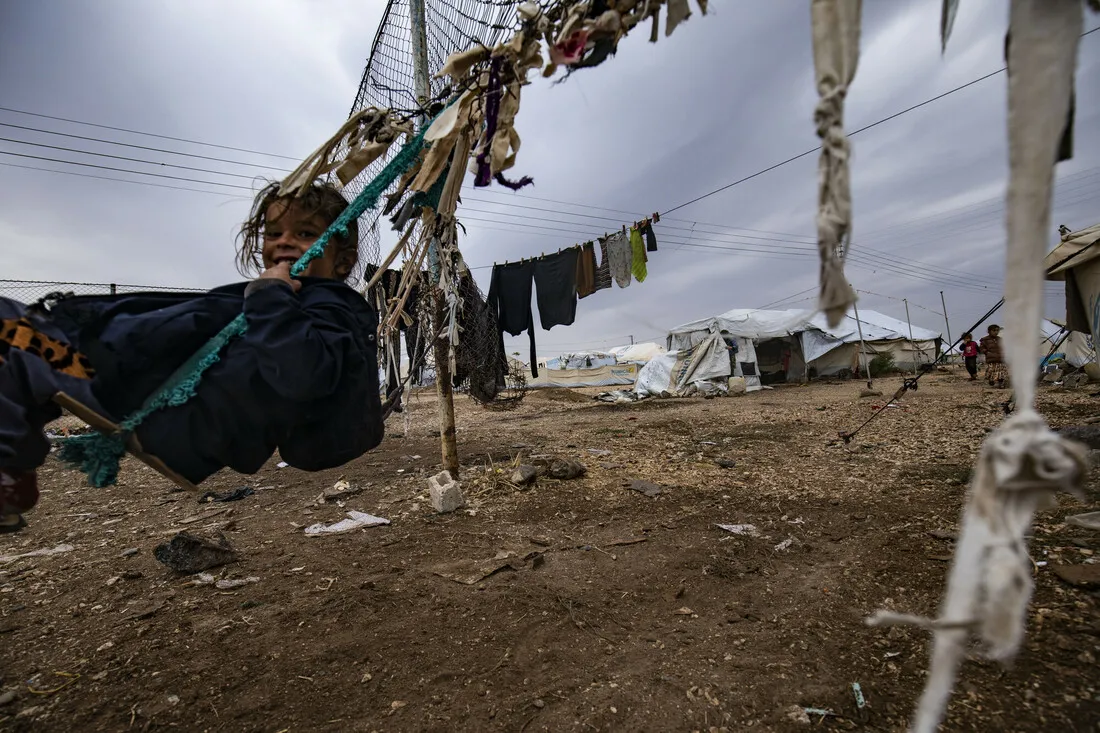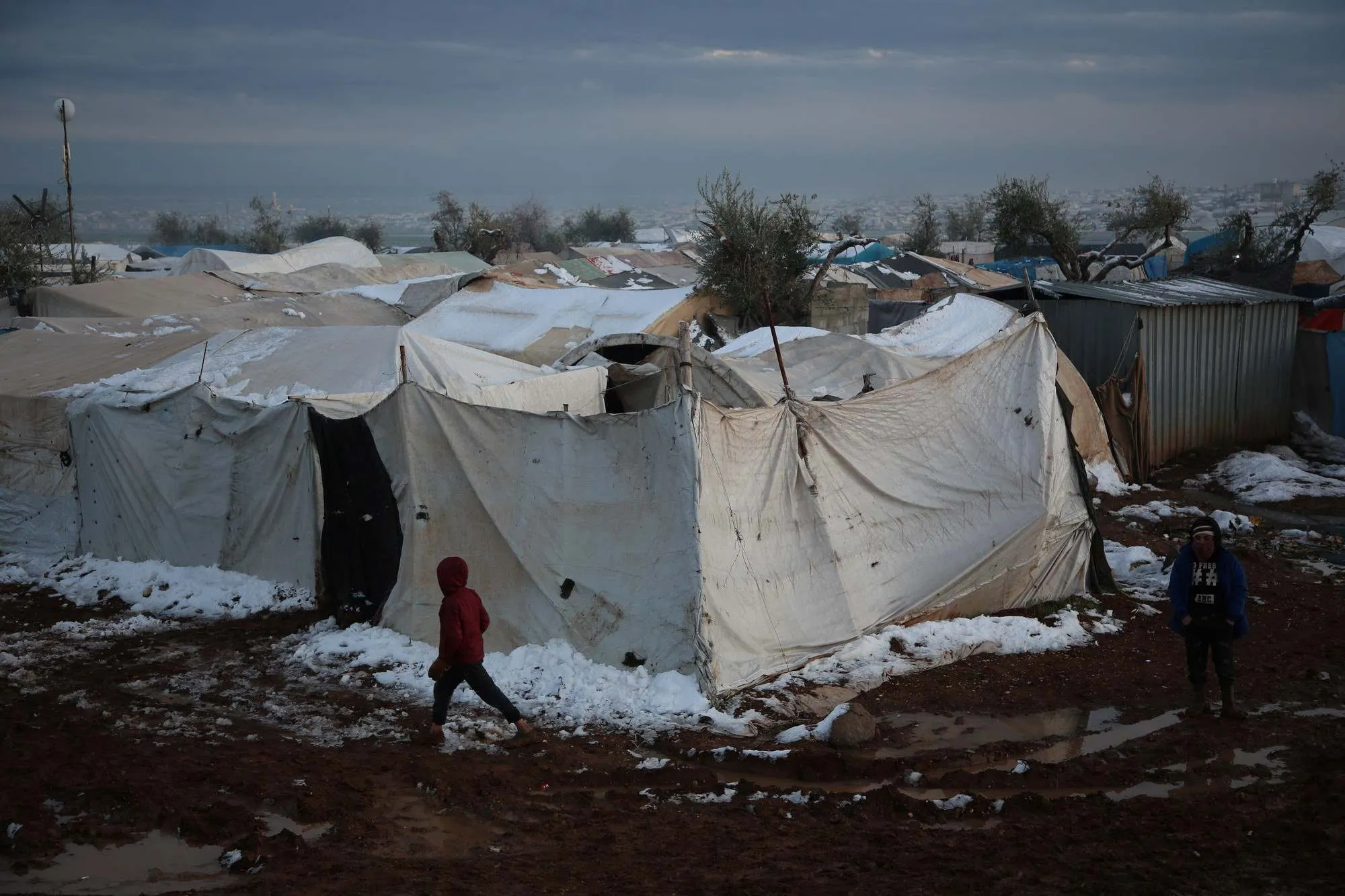About the humanitarian crisis in Syria
Since the conflict erupted in 2011, over 300,000 lives have been lost. The violence has caused one of the biggest prolonged displacement crises of our time. Over 13 million – more than half the country’s population – remain displaced; either in or outside Syria, with over half of them children. Many disappeared people are still missing, and 16.7 million people need humanitarian assistance for survival.
Protracted conflict, economic decline, funding shortfalls, the 2023 earthquakes, the destruction of vital civilian infrastructure, and renewed waves of displacement made a precarious humanitarian situation worse. Since late November 2024, at least 652,000 people have been newly displaced, putting further strain on a humanitarian sector struggling to respond to spiraling needs.
Across northwest Syria, as of December 2024, two million internally displaced persons (IDPs) still reside in over 1,500 camps and informal settlements. Idlib is currently the home to 42% of these IDPs, with notable movements of returnees in Aleppo and Hama. However, over 37,700 people left displacement camps across Idlib and northern Aleppo between Dec. 3 and Jan. 13. In northeast Syria, as of Jan. 5, over 25,000 people have taken refuge in emergency collective centers.
The humanitarian needs remain enormous inside Syria. People urgently need assistance with necessities such as food, shelter, health services, livelihood support, water, sanitation, and hygiene (WASH), protection, and services addressing violence against women.


